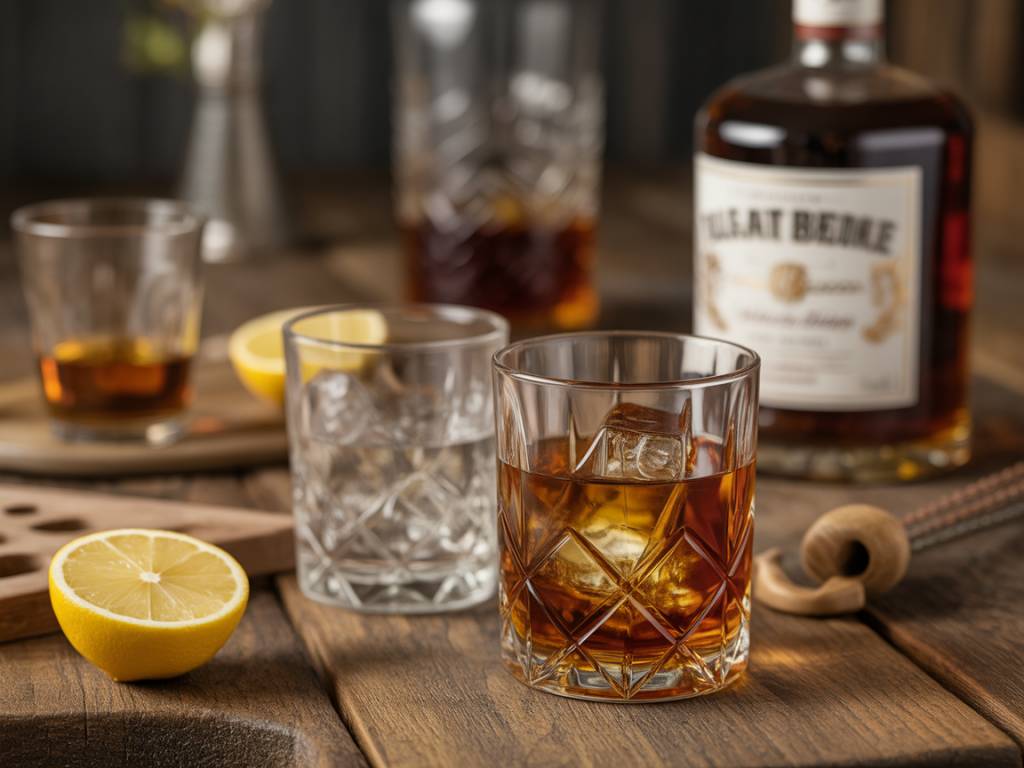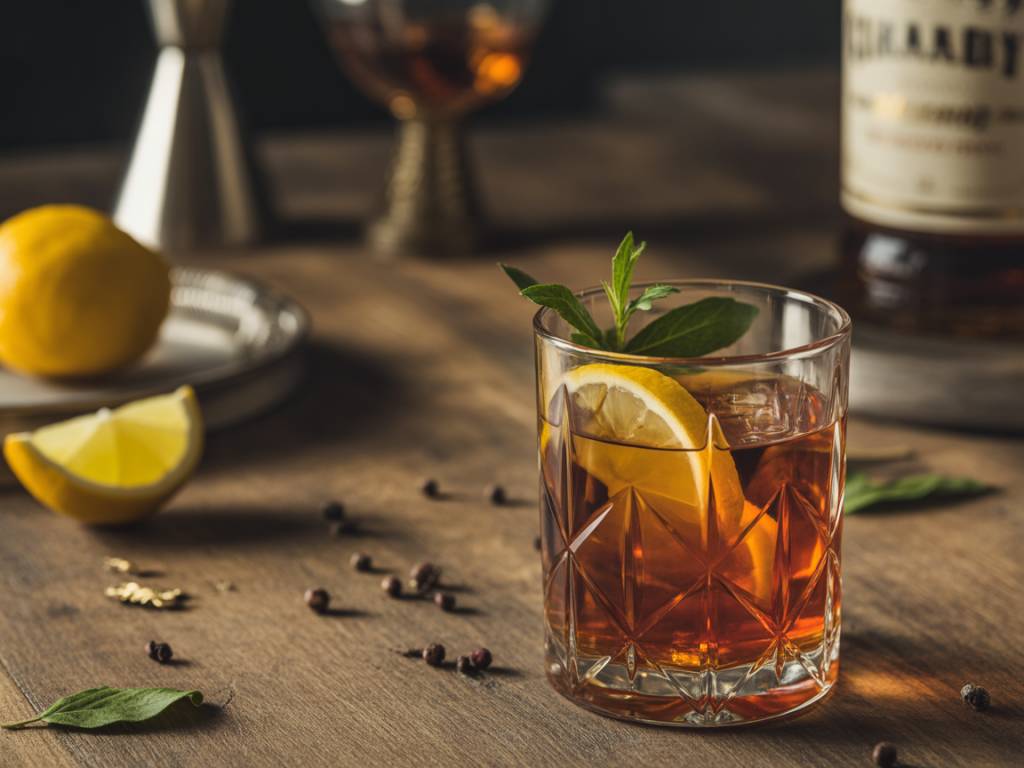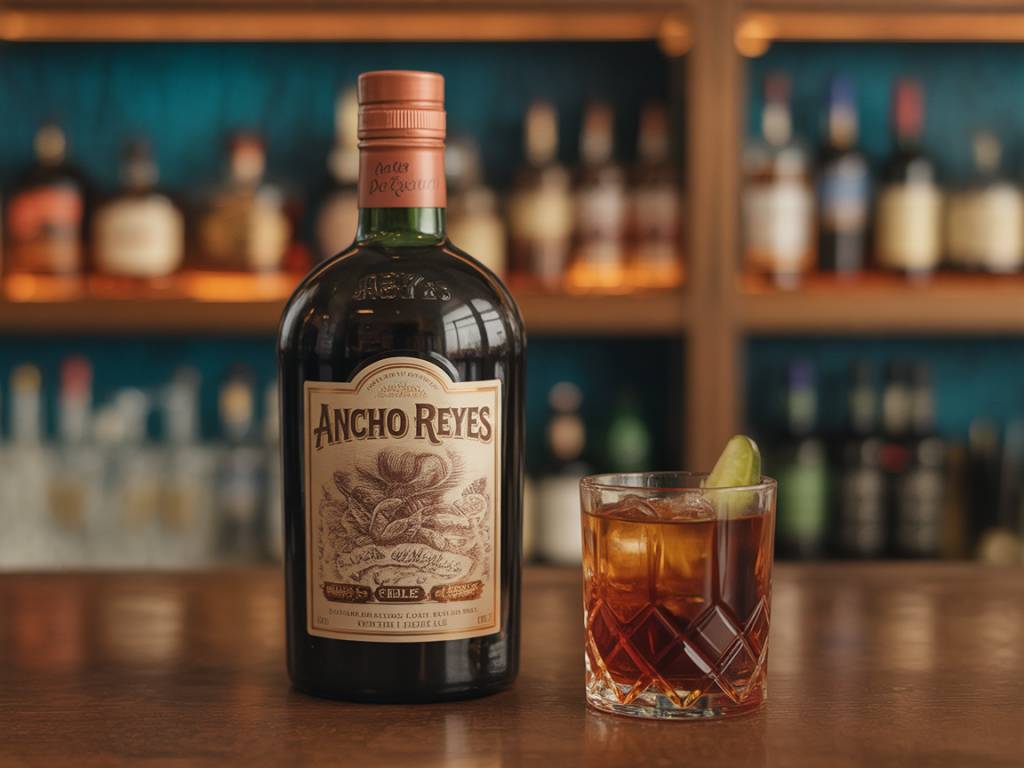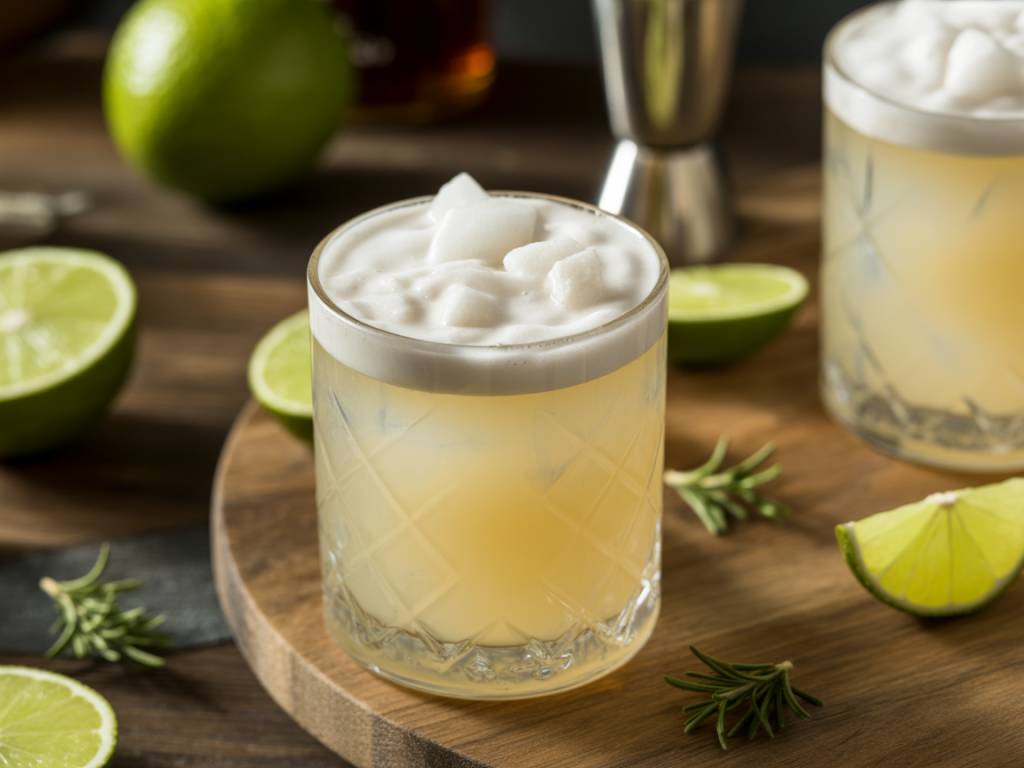Brown vs White Liquor: Two Families, One Bar
If you’ve ever stared at a fully stocked bar wondering why some spirits are crystal clear and others look like aged maple syrup, you’re not alone. The difference between brown and white liquor isn’t just skin deep—or, should I say, glass-deep. It goes far beyond color, impacting flavor, aging, mixability, and how your drink hits the palate (and sometimes the morning after).
So let’s pour this out properly. I’ll break down what sets brown and white liquor apart, when to reach for one over the other, and how understanding this can upgrade your cocktail game—whether you’re mixing Negronis in your kitchen or crafting mojitos for a Saturday crowd.
What Exactly Makes a Liquor “Brown” or “White”?
The short answer? Aging and filtration. The long answer? It involves barrels, time, and chemistry.
White liquor—think vodka, gin, white rum, blanco tequila—is typically unaged or aged very briefly in stainless steel or neutral containers that don’t affect color. These spirits are clear, clean, and relatively neutral in taste—ideal for cocktails where you want the other ingredients to shine.
Brown liquor—like whiskey, dark rum, añejo tequila, and most brandies—spends time aging in wooden barrels (usually oak), which imparts deep color, flavor complexity, and character. The result? Warm, rich flavors that often carry notes of vanilla, caramel, spice, or smoke, depending on the spirit and how it’s aged.
Here’s a quick cheat sheet:
- White Liquors: Vodka, Gin, Blanco Tequila, White Rum
- Brown Liquors: Whiskey (Bourbon, Scotch, Rye), Cognac, Añejo Tequila, Dark Rum
What Aging Does (Or Doesn’t Do)
This is where brown liquor earns its stripes. During aging, spirits interact with the wood barrels, absorbing flavors and oxygen, which mellows harshness and adds complexity. It’s what takes bourbon from fiery corn distillate to something you’d sip by the fireplace.
White liquors, with minimal or no aging, keep things brighter and crisper. That’s not a knock; it’s what makes vodka so versatile and why gin earns its kick from botanicals, not oak barrels.
I once had a barback try to sneak a sample shot of unaged whiskey thinking it would be the same as Jack Daniel’s. Spoiler alert: he didn’t finish it. The transformation that happens in a barrel is real, and it explains why brown liquors tend to cost (and taste) more.
Flavor Profiles: Night and Day
This is one of the biggest reasons to pick one over the other in your mixology toolkit.
Brown liquors tend to be bold, earthy, and layered. Think toasted oak, dried fruit, spice, caramel… they’re sipping spirits that hold their own in stirred-down classics like the Old Fashioned or Manhattan. They shine in colder months or when you’re after a drink that wears a blazer, not flip-flops.
White liquors are lighter, cleaner, and more approachable in warmer weather. They shine in refreshing drinks like the Mojito, Margarita, or a solid Tom Collins. They’re the crispy white T-shirt of the spirits world—clean, versatile, and great in a pinch.
When to Use Brown vs. White in Cocktails
Here’s a simple way to think about it: If your cocktail is bright, zesty, or fizzy, white liquor is probably your go-to. If it’s rich, stirred, or spirit-forward, brown is your best friend.
Let’s break it down with some examples I’ve served more times than I can count:
- White Liquor Cocktails:
- Margarita (Blanco Tequila): Crisp, citrusy, ideal on a summer patio.
- Cosmopolitan (Vodka): Clean base lets cranberry and lime pop.
- French 75 (Gin): Lively, aromatic, with bubbly sophistication.
- Brown Liquor Cocktails:
- Manhattan (Rye Whiskey): Deep, spicy, a classic with barstool gravitas.
- Mai Tai (Aged Rum): Tropical, yes, but the oaky depth makes it sing.
- Sidecar (Cognac): Velvety with a citrus cut—equal parts sultry and sharp.
When creating a new cocktail, it’s key to think about how the base spirit’s personality interacts with your modifiers. A white rum in a Manhattan? Probably not. A VSOP Cognac in a Martini? Hard pass (and a waste).
Health and Hangover Considerations
The Internet loves to argue about which type of liquor gives you worse hangovers. The truth? It’s not really about the color—it’s about congeners, naturally occurring byproducts of fermentation that contribute to flavor… and sometimes next-day regret.
Brown liquors, being aged and less filtered, tend to have more congeners. That can mean a higher chance of hangover compared to clearer spirits like vodka or gin, especially when consumed in quantity. But let’s be real: quantity has more to do with it than color.
Rule of thumb: Drink quality. Stay hydrated. And don’t chase four Old Fashioneds with a tequila shot unless you want your Sunday to start in slow motion.
Factors to Consider When Stocking Your Home Bar
If you’re building out your own bar—or just want to upgrade your old college collection—understanding the brown vs. white spectrum helps you stock smart.
- Budget Wisely: Quality brown liquors usually cost more due to aging. If you splurge, make it count—sip it neat or in spirit-forward classics. For white spirits, a mid-range vodka or gin often works just fine in cocktails.
- Versatility: A bottle of blanco tequila covers Margaritas, Palomas, and even Tequila Sunrises. A good bourbon opens the door to Old Fashioneds, Whiskey Sours, and sipping by itself.
- Space & Purpose: Have limited shelf space? Stick to essentials. I always recommend: a quality gin, a blanco tequila, a rye or bourbon, and a well-aged dark rum. From there, you can build in any direction.)
Let’s Talk Crossover Spirits
Some liquors blur the line between brown and white. Take reposado tequila—which is aged just enough (2–12 months) to pick up color and some flavor from the barrel, but still retains the brightness of a blanco. Or gold rum, which might be lightly aged or even just colored with caramel for effect.
These spirits are great when you want a little more depth without diving fully into the woods-and-leather zone of aged whiskey. I use reposado in Paloma variations and gold rum for tiki-style cocktails that need both punch and smoothness.
Final Pour: It’s All About the Intention
At the end of the day, whether you’re reaching for a clear spirit or a barrel-aged beauty, what matters is the role the liquor plays in your drink. Brown and white liquors aren’t rivals—they’re keys on the same piano. Knowing which note to play, and when, is what separates a casual pour from a crafted cocktail.
If you’re still not sure which spirit to choose for a particular cocktail or vibe, ask yourself: Do I want bright or bold? Zippy or smooth? Something that disappears into citrus juice or stands tall with just bitters and ice? Answer that, and the bottle nearly picks itself.
Keep exploring, keep tasting, and don’t be afraid to experiment. After ten years slinging drinks behind the bar, one thing’s for sure: great cocktails start with understanding your ingredients—and brown vs white is one of the best places to begin.





